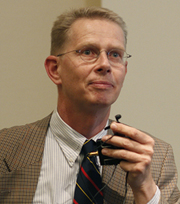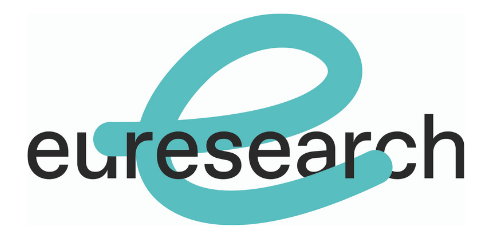Abstract
Mobility means freedom, flexibility and autonomy for all citizens, including older persons. Aging is characterized by functional changes in the sensory, neurological and musculoskeletal systems, affecting motor tasks including gait and postural balance. Gait and balance disturbances in elderly are the main risk factor for falling. The SMILING project is planning to diminish age related impairments by interfering with mobility disability and improving carry-over into real life situations. Research undertaken in USA and Israel has shown strong indications that the vicious circle of muscle weakness and time delay of the Central Nervous System (CNS) that causes gait and balance impairment could be weakened by applying unexpected external motion perturbations.
Elderly at risk of falling can be considered to be suffering from an involuntary and stereotyped motor behaviour that restricts their participation in society. One method to overcome such a situation is to break the stereotyped motion schema and activate a new learning process to better approach real life tasks. To pursue such a target, the SMILING project will use chaos theory and dynamic systems theory with applications in the training of the ageing populations.
The SMILING solution, a wearable non-invasive computer-controlled system, is aimed to perform chaotic perturbations to lower extremities during active walking by small alterations of the height and slope of weight-bearing surfaces. SMILING will implement a systemic solution to re-model training sessions used prevalently in fitness clubs or home environments to facilitate and ameliorate walking schemas. It will not develop any assistive technology to cope with ageing related mobility limitations but will offer a reorganization of the rehabilitation process in ageing, through new training procedures and advanced technologies needed to deliver them.



